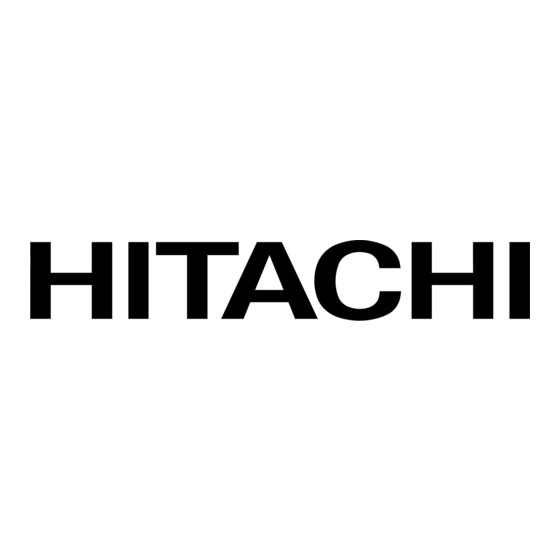

Hitachi P1 Basic Manual
Irrigation iot
Hide thumbs
Also See for P1:
- Instruction manual (77 pages) ,
- Basic instruction manual (65 pages) ,
- Safety function manual (74 pages)
Table of Contents
Advertisement
Quick Links
Advertisement
Table of Contents













Need help?
Do you have a question about the P1 and is the answer not in the manual?
Questions and answers